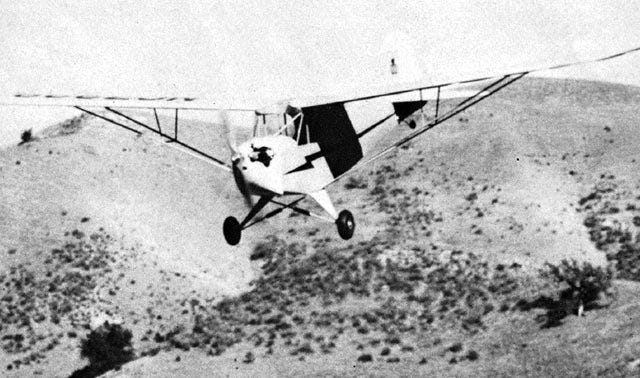You’re flying solo in your Piper Cub—no electrics, no lights, and no radio. Just 12 gallons of Avgas, the beautiful hum of a taildragger engine, and the wide-open skies of New Mexico. You’re headed westbound from Pueblo (KPUB) to Santa Fe (KSAF), planning a stop at Angel Fire (KAXX) for fuel. It’s quiet country—miles of desert scrub, mesas, and ranchland between small towns.
You’ve accounted for some headwinds when planning, but they’re stronger than forecasted—15 to 20 knots right on the nose. You’re burning more fuel than planned, and your groundspeed has dropped to a sluggish 50 MPH.
About 10 miles out from Angel Fire, you spot the field, enter the pattern, and land smooth as silk. But as you taxi to the pump, a paper sign taped to the pump tells you:
“OUT OF SERVICE — WAITING ON PARTS. SORRY.”
The FBO is closed. There’s no crew car. No phone signal. No one around for miles.
You check your watch: it’s 5:35 PM.
Official sunset is 6:25 PM.
Civil twilight ends at 6:53 PM.
You’re flying a Cub with no lights or electrical system—you legally cannot fly after sunset.
You’ve got 3.2 gallons of fuel remaining. That gives you roughly 25–30 minutes of endurance, and no real reserve.
The nearest public-use airport with confirmed 100LL is Taos Regional (KSXX) n—a mere 22 nautical miles away, dead west, into the headwind.
To make matters worse, you saw the latest outlook before leaving Tucumcari:
Tomorrow’s forecast shows a cold front sweeping in early, with low ceilings, gusty winds, and marginal VFR to IFRconditions expected across central New Mexico by mid-morning.
The sun is slipping low on the horizon, the wind is still howling, and you’re on the ramp at a dead airport in the middle of nowhere with a yellow airplane, an empty tank, and a ticking clock.
What would you do?


